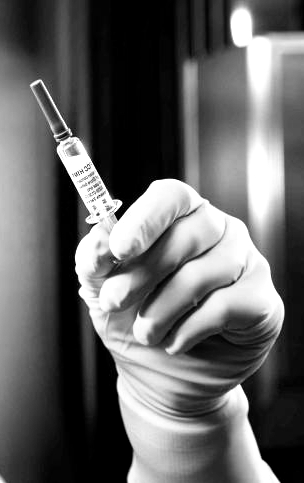Social media seen as poor source of news
 A new study has plotted the ways the people reinforce and expand their opinions, by surrounding themselves with sources that agree.
A new study has plotted the ways the people reinforce and expand their opinions, by surrounding themselves with sources that agree.
A study into the spread of misinformation on social media shows that 24 per cent of the messages posted on Twitter about human papillomavirus (HPV) vaccines could be classified as anti-vaccine.
It also found that Twitter users were more likely to be exposed to negative opinions on vaccines than to something useful, like clinical evidence or communications from public health organisations.
“We found that we could accurately predict which tweets about HPV vaccines were anti-vaccine without needing to look at the text of the tweet or any webpage links, and just using information about social connections,” said researcher Dr Adam Dunn, from the Australian Institute of Health Innovation in Macquarie University.
The study examined for the first time the association between the exposure and expression of anti-vaccine opinions using the social network structure on Twitter.
Six months of data covered 83,551 tweets from 30,621 users connected through 957,865 social connections.
About 80 per cent of the tweets were linked to external webpages including news articles, blogs, public health organisation webpages, and occasionally peer-reviewed articles.
The results showed a strong link between the information to which users are exposed, and the subsequent expression of opinions.
When users were more often exposed to anti-vaccine messages, any of their subsequent tweets about HPV vaccines were much more likely to also present a negative opinion.
“We think these results are less likely the consequence of opinion contagion and more likely due to an echo chamber effect – where users are preferentially connected to other users who share their views,” Dr Dunn said.
“This has important implications for trying to deal with polarisation that can shape and hold public opinion about vaccines.”
Dr Dunn is part of an international team working on a research project to measure the spread and persistence of misinformation in the public domain.
Using new methods for estimating the locations of social media users, the team is now developing spatial indicators of misinformation persistence for use by public health organisations.
“If we are able to measure how misinformation spreads into communities from professional opponents of vaccines and false balance in the news media, we can help public health organisations target their communication strategies to address specific concerns when and where they occur,” he said.








 Print
Print